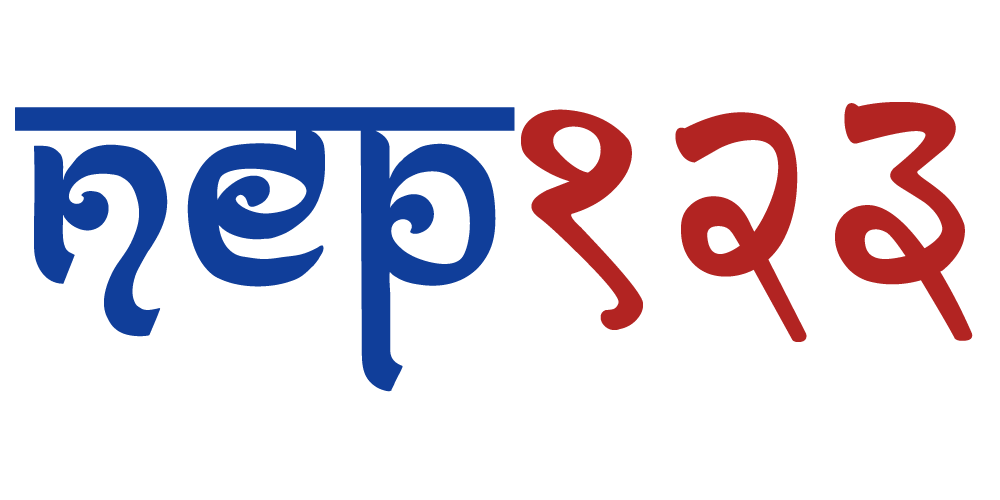As dawn breaks over Kathmandu on March 31, 2025, Nepal stands at a tense juncture, caught between political upheaval, societal divides, and a quest for identity. Today’s headlines, drawn from Nepali news outlets and amplified on social media, reveal a nation grappling with its history while facing an uncertain path forward. From deadly pro-monarchy protests to government crackdowns and a cultural triumph, here’s a look at the stories dominating Nepal’s news cycle.
Pro-Monarchy Protests Erupt in Violence
Kathmandu’s streets have been a battleground this week, with The Kathmandu Post reporting that pro-monarchy protests, which ignited on March 28, have descended into chaos. Supporters of former King Gyanendra Shah, whose reign ended in 2008, are demanding the monarchy’s return, citing years of political dysfunction. NDTV details a grim toll: cars torched, shops ransacked, and over 100 arrests as police struggle to contain the unrest.
On X, raw images of riot police deploying tear gas and water cannons flood timelines, with hashtags like #NepalProtests trending. One viral post laments, “Nepal is bleeding—monarchy or republic, we can’t afford this divide.” Reuters confirms at least two deaths, including a TV cameraman, fueling outrage. Online Khabar ties the unrest to widespread frustration with corruption and governance failures since Nepal’s shift to a secular republic. While some view Gyanendra as a beacon of stability, others, including a former prime minister cited by NDTV, accuse him of fanning the flames, demanding accountability.
Social Media: A Divided Voice
Social media has become a virtual arena for Nepal’s polarized sentiments. X users are split, with some championing the monarchy—“Gyanendra is our roots; republics bring only chaos”—while others reject the violence, pleading, “Leave the past behind. Fix corruption, not our streets.” A curious thread links the unrest to yesterday’s partial solar eclipse, visible in Nepal, framing it as a cosmic call for change tied to Aries’ fiery energy. Whether symbolic or superstitious, these posts reflect a nation searching for meaning in turmoil.
Government Tightens Digital Control
Amid the chaos, the government is clamping down on digital platforms. Xinhua reports that on March 26, Nepal’s Ministry of Communication ordered social media platforms to register or face bans. Viber, TikTok, and Weetok have complied, but Nepal Live notes growing fears of censorship, especially as X becomes a megaphone for dissent. One X user quipped, “They’re policing our streets and now our screens—where’s our voice?” With social media amplifying protests—and possibly unrest—the government faces the delicate task of balancing control with free expression.
A Cultural Win: ‘Pooja, Sir: Rajagunj’ Shines
In a ray of light, Variety highlights the release of Deepak Rauniyar’s crime thriller Pooja, Sir: Rajagunj in Nepali cinemas after a censorship fight. Premiered at the 2024 Venice Film Festival, the film faced demands for Hindi subtitle edits, which Rauniyar criticized as nationalist overreach, given Hindi’s use among Nepal’s Madhesi population. Its release is a win for creative freedom, with X users calling it “a story that cuts deep” and “a mirror to Nepal’s soul.”
Beyond the Capital: Struggles Persist
While Kathmandu grabs headlines, The Kathmandu Post spotlights farmers grappling with drought and USAID cuts threatening 30,000–35,000 jobs nationwide. These quieter crises feed the discontent driving protests, painting a fuller picture of Nepal’s challenges.
Nepal’s Road Ahead
As March 31 unfolds, Nepal teeters on the edge. Indian Express notes that the pro-monarchy movement resonates in a tradition-bound society, but the violence it’s sparked questions the price of nostalgia. News outlets like Nepal Khabar and Kathmandu Post capture a government under siege, while X reflects a nation vocal yet fractured.
Can Nepal stabilize its republic, or will the monarchy’s legacy prove too potent? For now, the answers linger in the haze of Kathmandu’s tear gas. One certainty remains: Nepal’s voices—on streets, screens, and in headlines—will not fade quietly. This story is only beginning.




